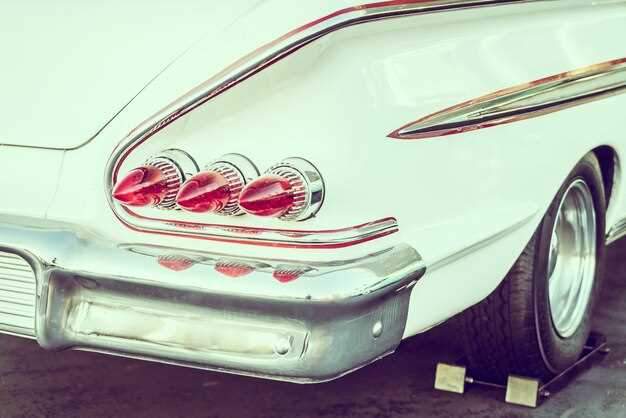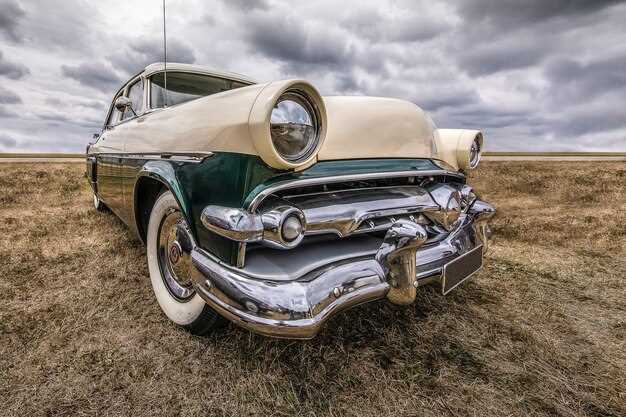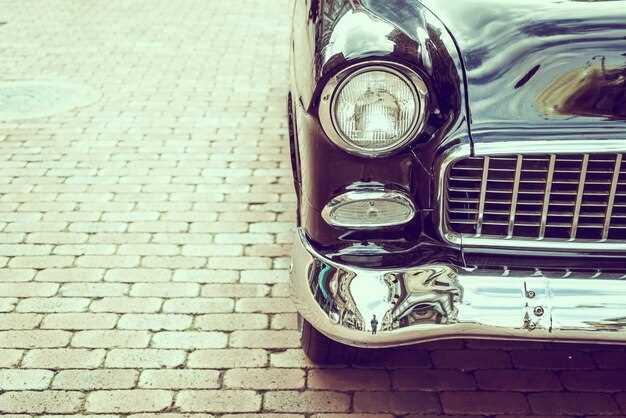
The world of classic cars is not just about nostalgia; it is also a dynamic marketplace where certain vehicles appreciate in value over time. Collectors and enthusiasts alike have long recognized that some models are not only a joy to drive but also a sound investment. Understanding which classic cars appreciate offers insights into the factors that contribute to their increasing desirability.
Factors such as rarity, historical significance, and brand reputation play crucial roles in determining a classic car’s potential for appreciation. Limited production runs and iconic models often command higher prices at auctions. Additionally, the condition of the car, including originality of parts and maintenance history, significantly influences its valuation. As time progresses, vehicles that maintain their integrity and charm tend to attract both enthusiasts and investors.
Moreover, the market for classic cars is influenced by trends in automotive culture, economic conditions, and changing consumer preferences. As younger generations rediscover the allure of vintage automobiles, certain models previously overlooked may gain sudden popularity. Thus, staying informed about emerging trends and expert opinions is essential for anyone looking to invest in classic cars that promise value appreciation.
The Role of Rarity and Condition in Valuing Classic Cars

Rarity is one of the most significant factors influencing the value of classic cars. Limited production models, unique feature sets, or cars associated with memorable historical events often command higher prices in the market. Collectors are particularly drawn to vehicles that stand out due to their scarcity, as these cars offer a sense of exclusivity and prestige. The fewer units produced, the more desirable they become to enthusiasts, which drives demand and ultimately increases value.
Condition is equally paramount when assessing a classic car’s worth. A model in pristine condition tends to attract buyers willing to pay a premium. Factors like maintenance history, original parts, and restoration quality play a crucial role in determining condition. Vehicles that have been preserved or restored correctly not only maintain their aesthetic appeal but also their integrity, making them more valuable in the eyes of collectors. In contrast, cars that show signs of wear, rust, or subpar repairs can significantly decrease in value, regardless of their rarity.
The interplay between rarity and condition creates a dynamic valuation landscape. A rare car in poor condition may not perform well in the market, while a more common model in excellent shape might fetch a higher price. Thus, collectors often seek a balance between these two factors when building their collections. Researching market trends, appraisals, and historical data is essential in understanding how rarity and condition affect classic car valuations.
Ultimately, the combination of rarity and condition not only shapes a classic car’s desirable attributes but also serves as a barometer for investment potential. Classic cars that possess both rarity and good condition typically appreciate over time, making them attractive investments for collectors and enthusiasts alike. As the classic car market continues to evolve, these elements remain central to both valuation and desirability.
Investment Potential: Financial Returns from Classic Car Ownership
Investing in classic cars has gained significant attention over the years as collectors and enthusiasts seek not only a passion for vintage automobiles but also the financial benefits associated with ownership. Classic cars, especially those with historical significance, rarity, and impeccable condition, can appreciate in value over time, making them an attractive asset class.
Market Trends and Appreciation
The classic car market has generally shown resilience against economic downturns. Certain models, particularly from esteemed manufacturers like Ferrari, Aston Martin, and Porsche, have witnessed remarkable appreciation rates. For instance, a well-maintained classic, such as a 1961 Ferrari 250 GT, has sold for millions, representing a substantial return on investment (ROI) compared to its original price. This trend indicates that high-demand models can significantly outpace other types of investments, such as stocks or bonds.
Factors Influencing Value
Several factors contribute to the financial returns from classic car ownership. Rarity is paramount; limited production runs and unique features can drastically increase desirability. Furthermore, documentation of the vehicle’s history and provenance, including past ownership, can also enhance its market value. Condition plays a critical role; cars that are meticulously restored or maintained often attract higher prices. Additionally, the timing of the sale can greatly influence returns; market demand can fluctuate, leading to peaks in vehicle prices.
Cost of Ownership
While the potential for profit is enticing, it’s essential to consider the costs associated with classic car ownership. Maintenance, insurance, storage, and potential restoration expenses can accumulate. However, many collectors find that the enjoyment and satisfaction derived from owning a classic car compensate for these costs. Additionally, when properly maintained, the appreciation can often outweigh these expenses, resulting in a net positive financial outcome.
Investment Strategy
To maximize financial returns, prospective investors should conduct thorough research and consider a diverse range of vehicles. Engaging with classic car shows, auctions, and online marketplaces can provide insights into current market trends and valuations. Joining collector clubs or forums allows investors to tap into a community of enthusiasts, sharing knowledge and advice on the most promising investments. Investing in classic cars should be viewed as a long-term commitment, as the greatest returns are often realized over extended periods.
In conclusion, classic car ownership can serve as a viable investment opportunity, offering substantial financial returns if approached with careful consideration and informed decisions. The potential for appreciation, combined with the joy of owning a piece of automotive history, makes classic cars a compelling asset for many collectors and investors.
Market Trends: What Makes Certain Models More Desirable

The desirability of classic cars is influenced by a combination of factors that drive market trends. One of the primary elements is rarity; models produced in limited quantities often command higher prices. Enthusiasts compete for these rare vehicles, increasing their value over time.
Another significant factor is the historical significance of a particular model. Cars associated with important automotive milestones, celebrity ownership, or notable racing achievements tend to attract higher interest. Collectors often seek vehicles that tell a story or represent a specific era, further enhancing their desirability.
Condition and originality play a crucial role in determining a classic car’s value. Vehicles that have been well-preserved or restored using original parts can fetch a premium. Buyers prioritize models that maintain their authentic characteristics, as originality often contributes to the vehicle’s charm and appeal.
Market demand fluctuates based on trends within the collector community. Certain brands or styles may experience surges in popularity due to changing consumer interests, leading to increased valuations. For instance, the rising popularity of vintage SUVs and muscle cars in recent years has made them more desirable among collectors.
Finally, economic factors, such as the overall health of the classic car market and broader economic conditions, also impact desirability. When disposable income is higher, collector enthusiasm often grows, leading to increased investment in classic cars. Conversely, economic downturns can dampen interest and stall price growth.
